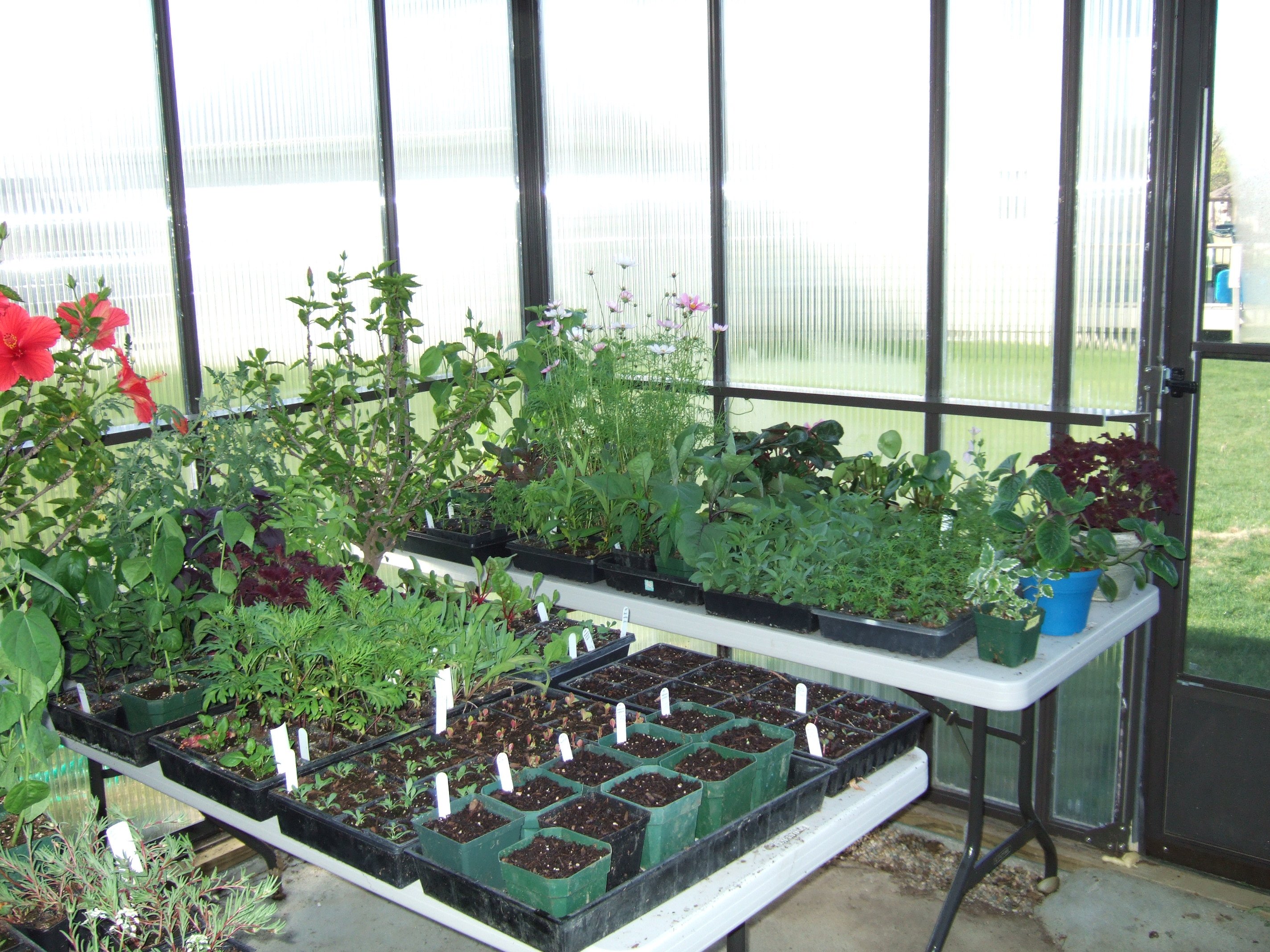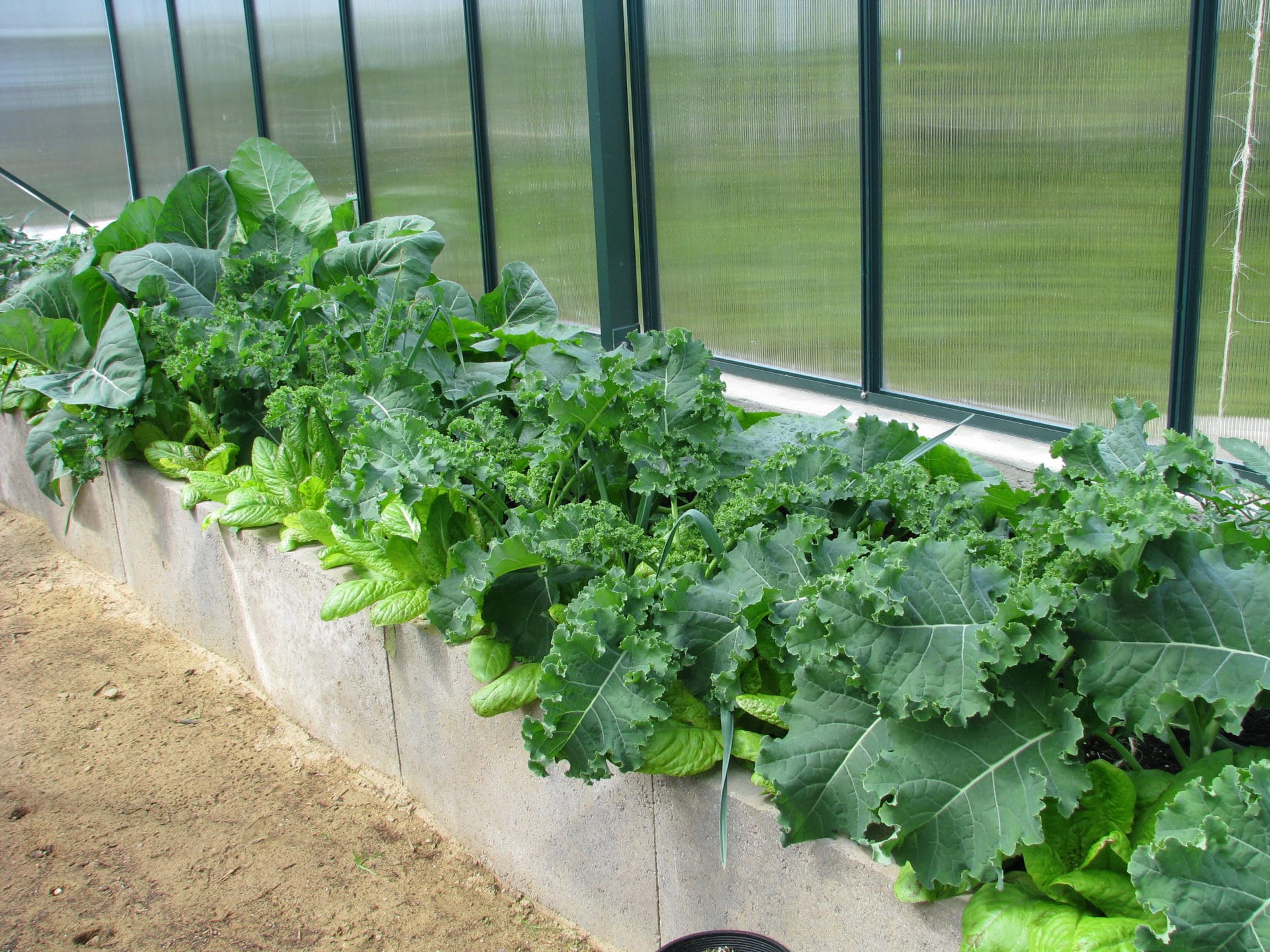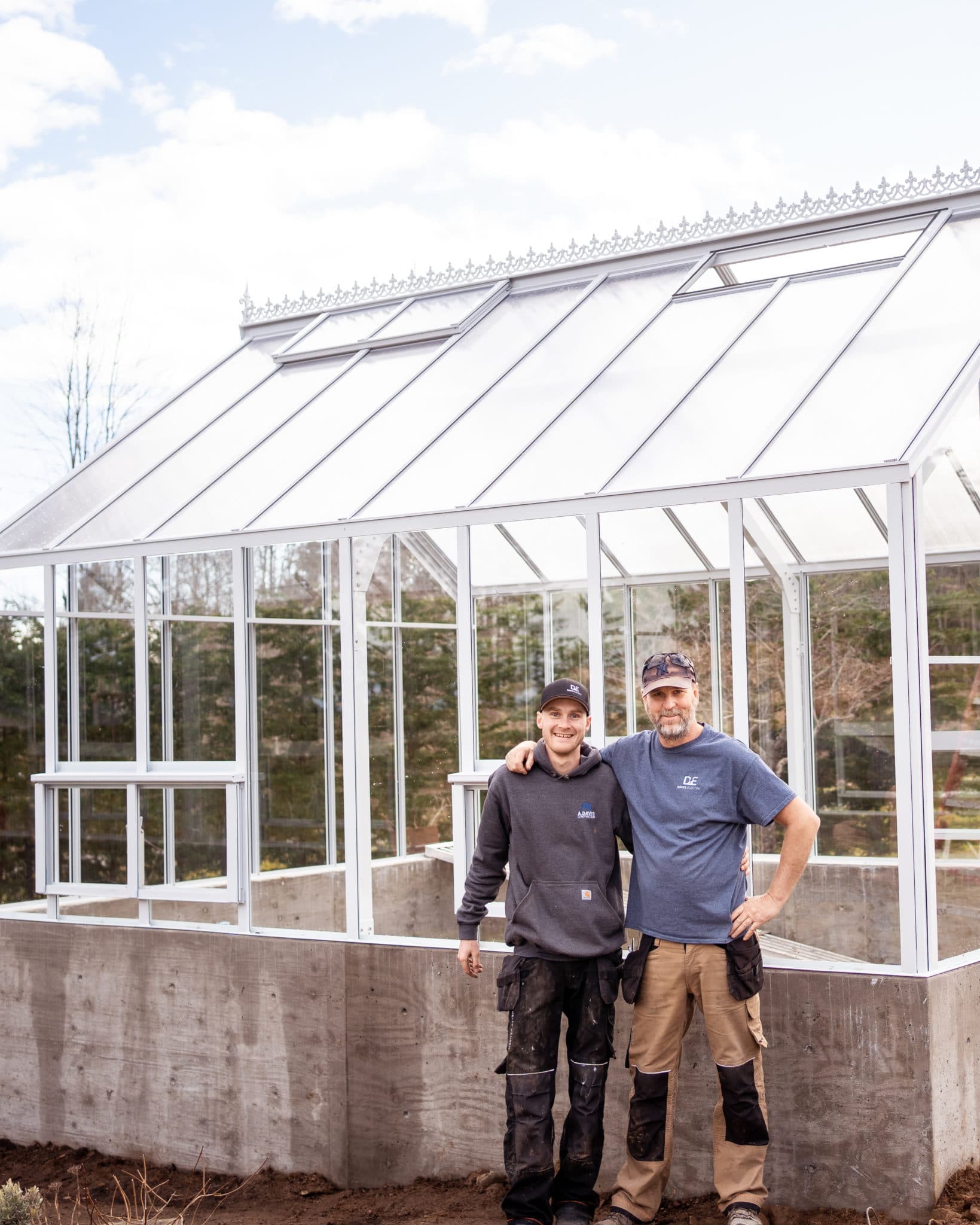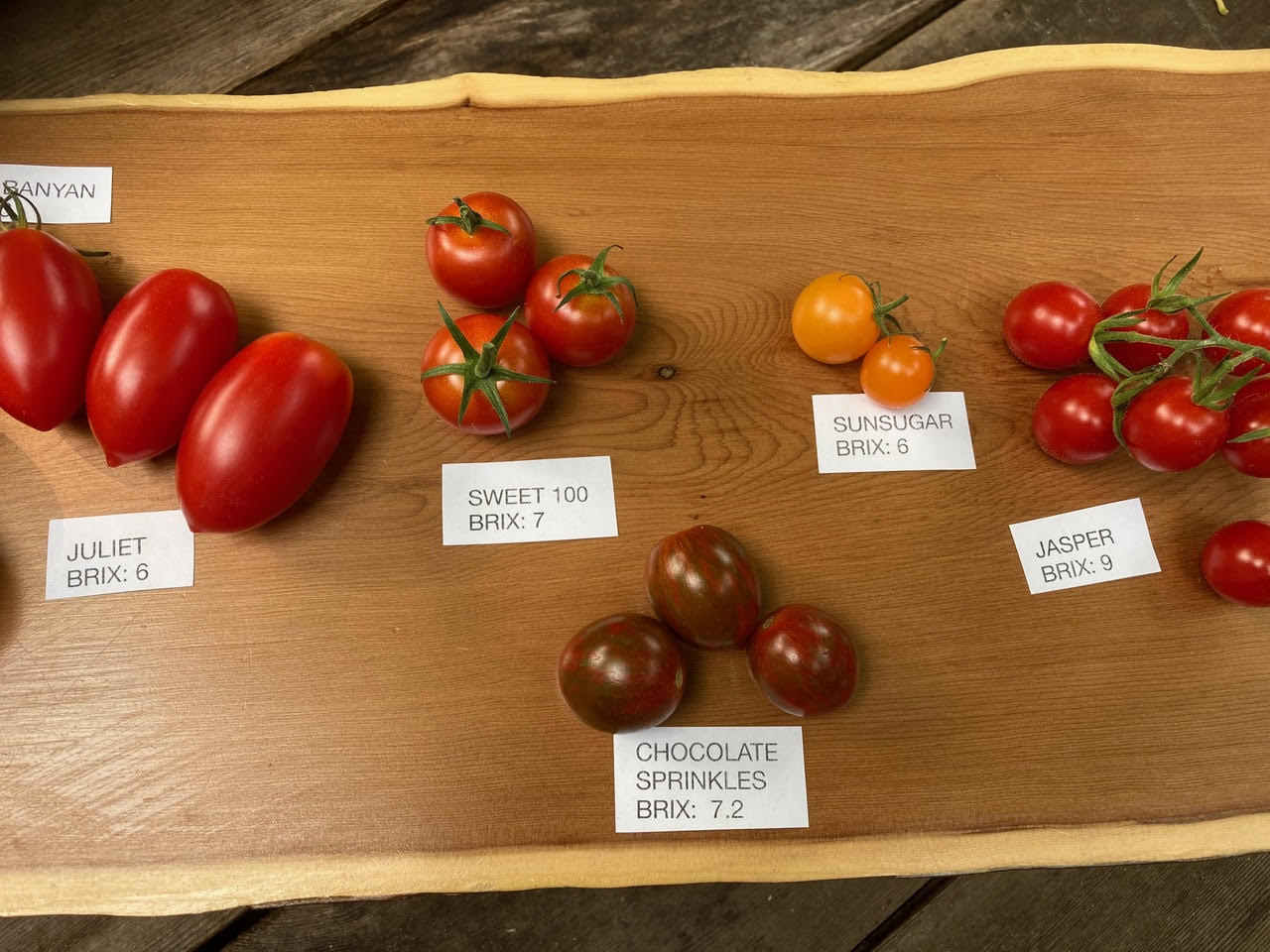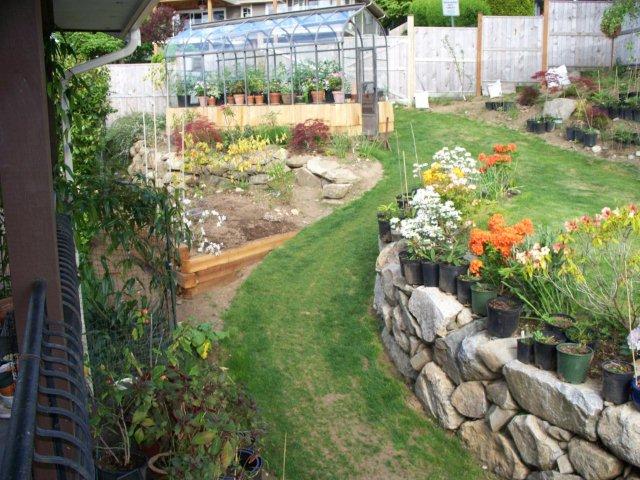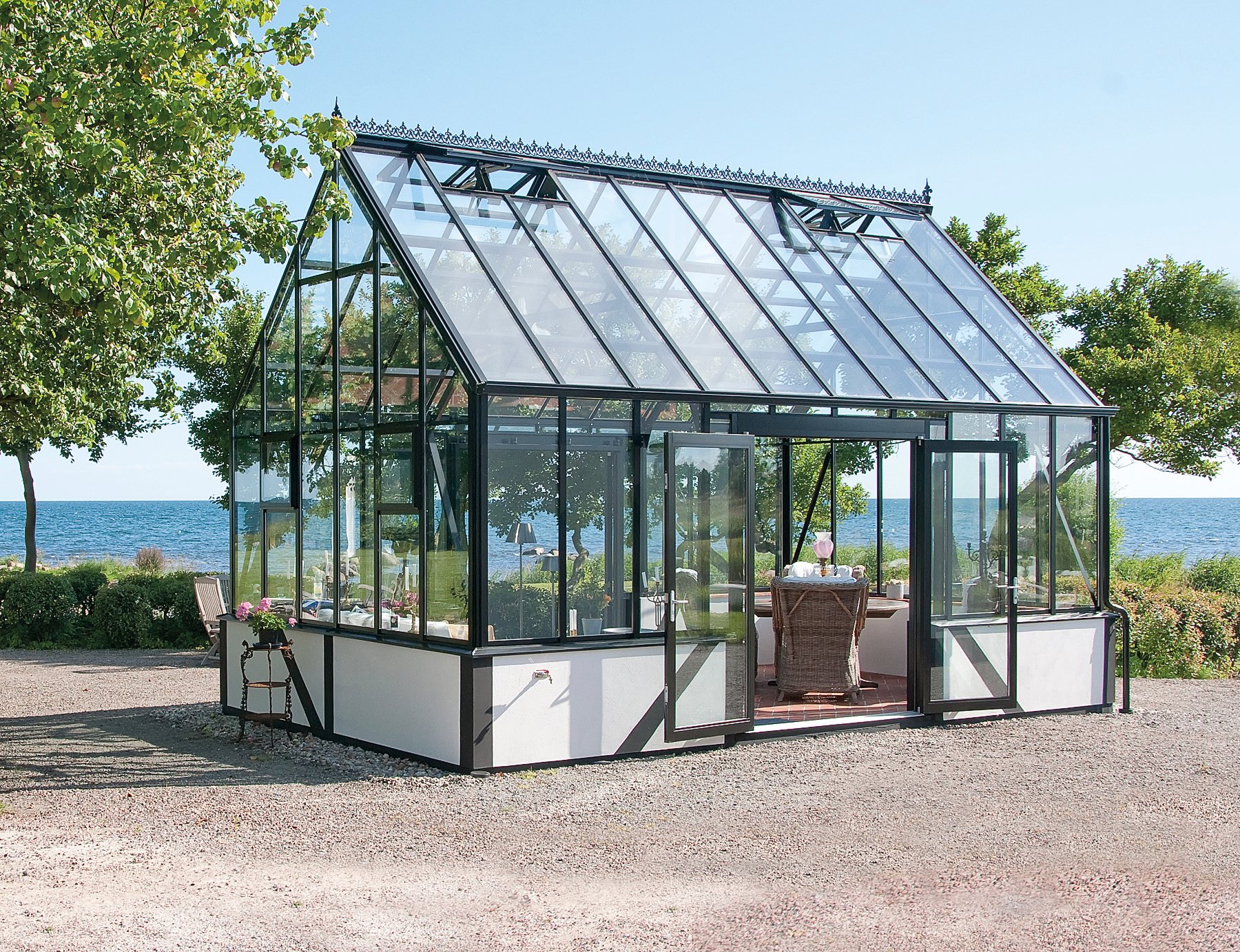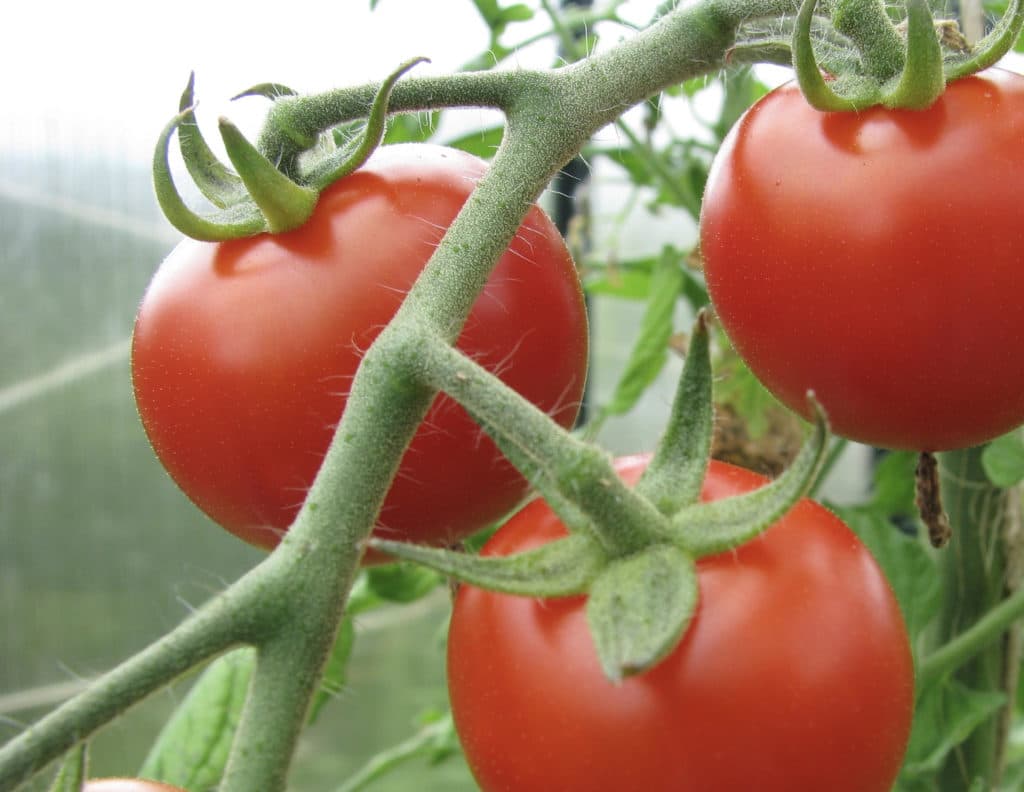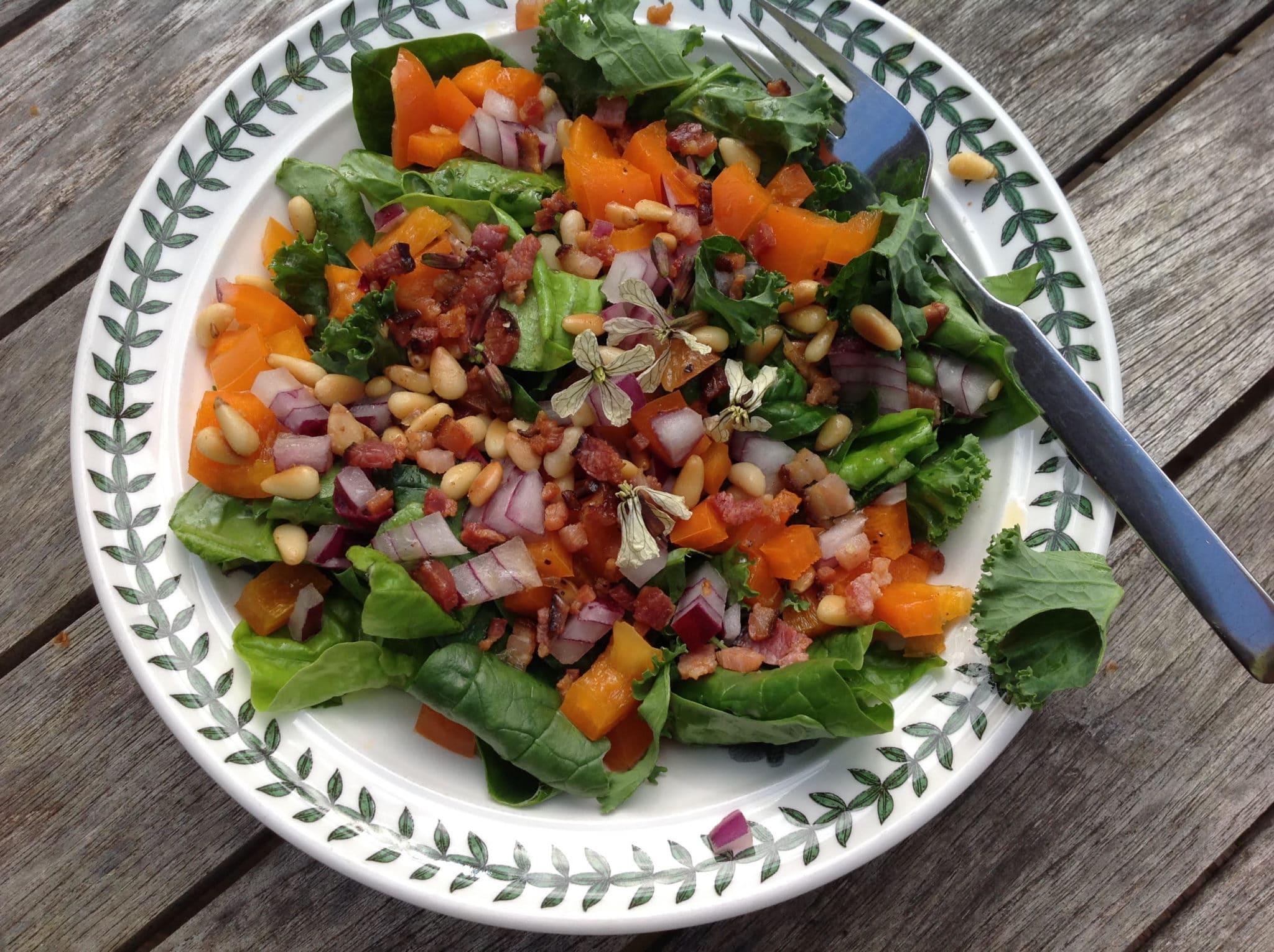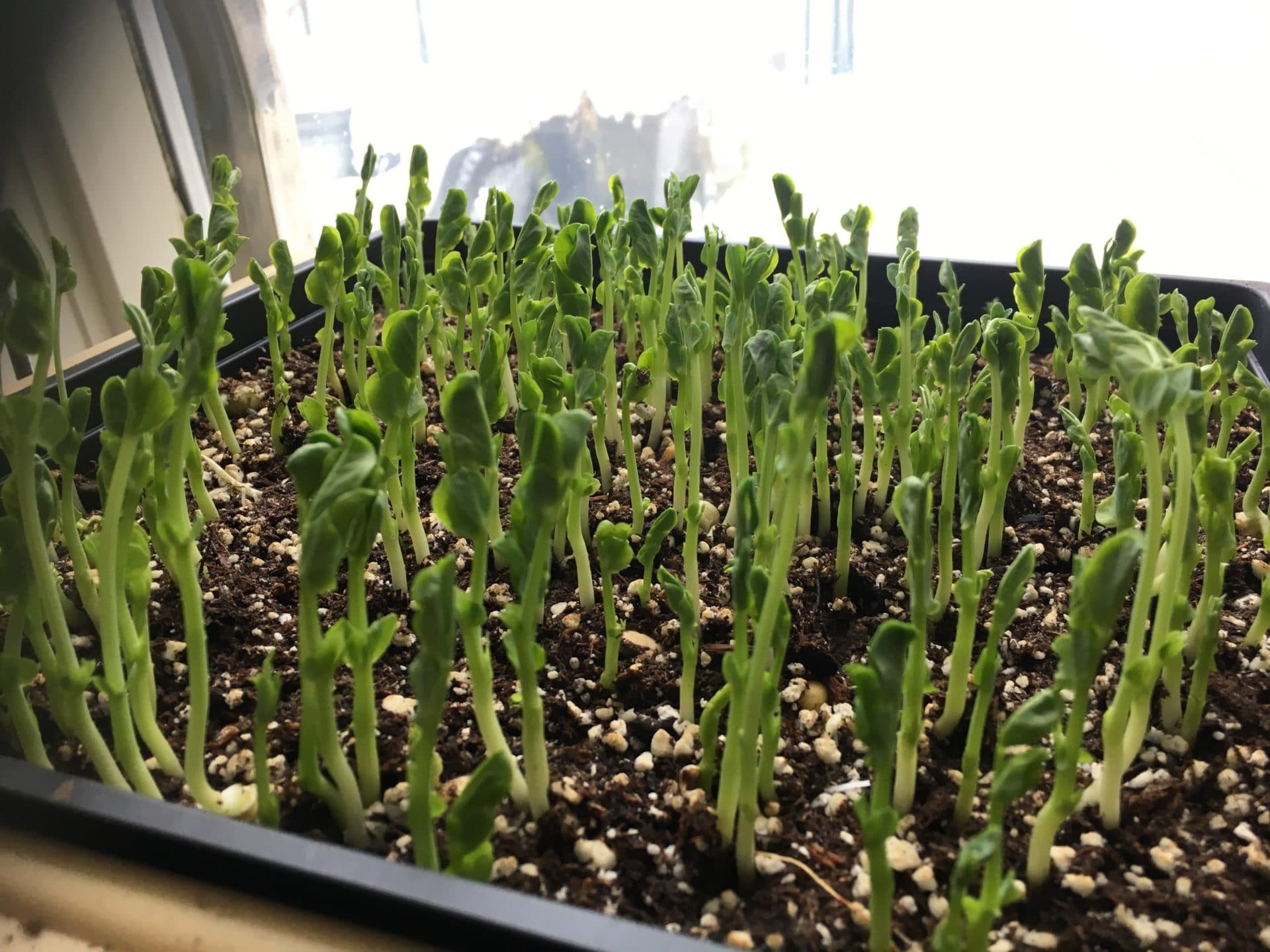How Do Worm Castings, Pests, and Algae Affect My Greenhouse Garden?
Quick Answer:
Worm castings naturally fertilize plants and support beneficial bugs like fungus gnat predators, but excess moisture and nutrients can also lead to algae growth—use well-draining soil, sticky traps, and fans to balance greenhouse conditions and protect seedlings.
Pests, Worm Castings and Algae
What are Worm Castings?
Before we get to greenhouse gardening algae, let's talk about a shopper on Amazon that complained about bugs in her worm castings. If you don’t speak garden lingo yet, worm castings are simply worm poop. They are mixed with soil in garden beds or in pots to make tomatoes grow faster, stronger and healthier. And just in case you missed the memo, worm poop comes with bugs of its own. The good ones.

